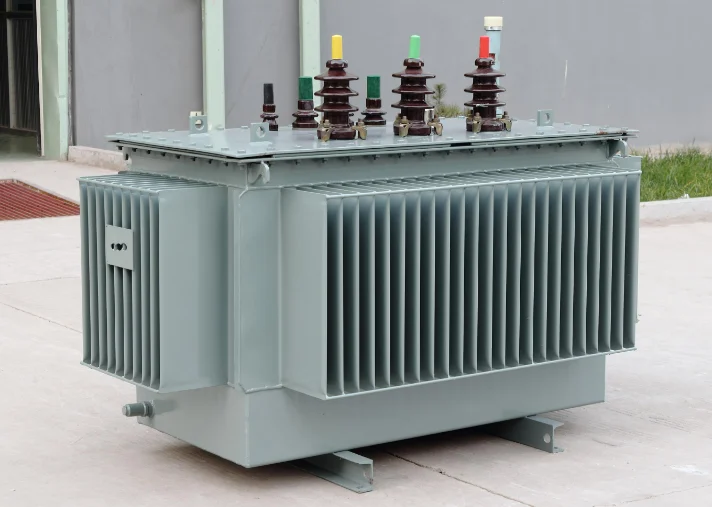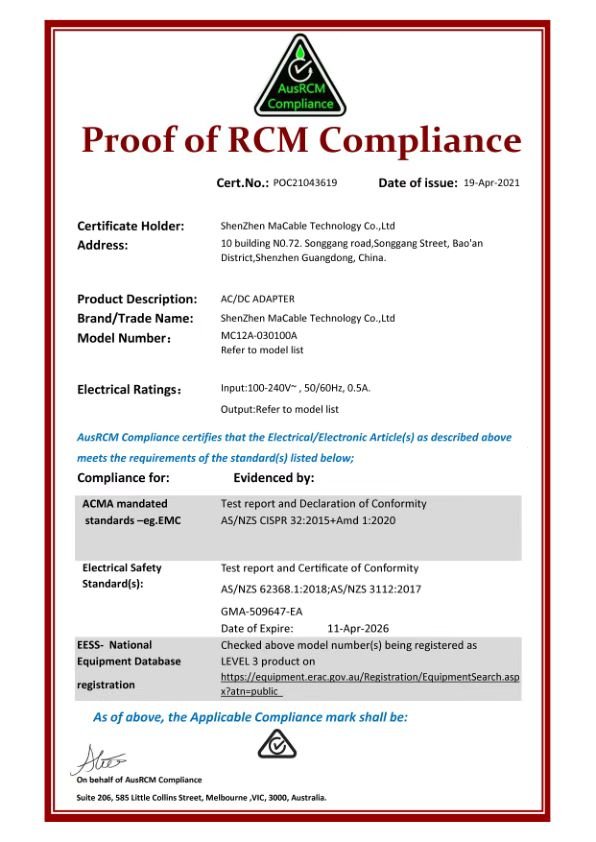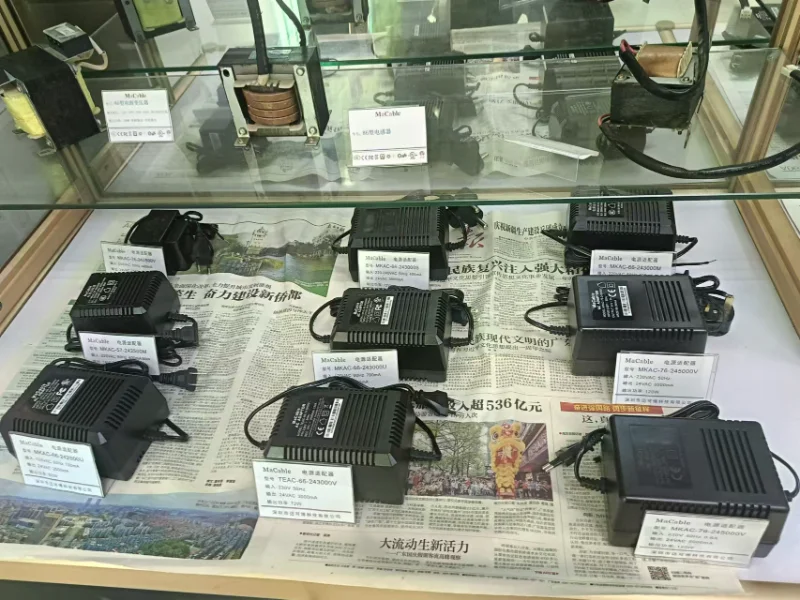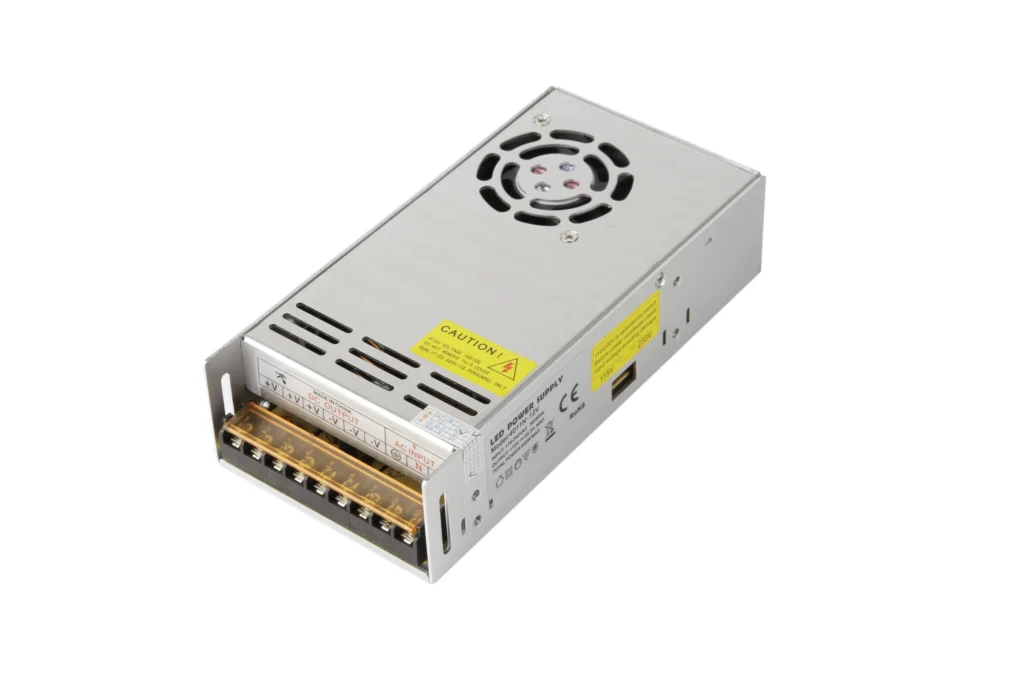News
-

Bulk Power Adapter Supply: How We Help Your Business Save Costs and Ensure Reliability
As a factory manufacturer, we are committed to providing you with cost-effective, reliable quality, and solutions that meet your individual needs. We not only offer standard products but also customize products to your specific requirem...
2025.11.11 -

Macable Medical/LED/PoE Power Adapters – Factory-Direct, Bulk Pricing, 3-Year Warranty, IP-Based Personalization
1. Global Certifications of Macable Power Adapters UL/cUL, ETL, FCC, CE, GS, BS, KC, KCC, SAA, RCM, C-tick, PSE, S-Mark, CCC, PSB, EAC, BIS. CB scheme: certificates for 12 V/24 V/48 V families valid until 2026-2027 Energy effi...
2025.11.06 -

Custom 5–500 W Power Supplies with UL/CE/FCC Ready – Ship in 15 Days, OEM/ODM since 2005
Looking for reliable, efficient power supplies? You’ve come to the right place! Since 2005, Macable has been delivering high-quality custom power supplies ranging from 5W to 500W, built to meet your exact needs. With a focus on UL/CE/FC...
2025.11.03 -

Industrial Power Supply: Reliable Solutions for Global Efficiency
The efficiency and stability of industrial power supplies play a pivotal role in maintaining the smooth operation of production processes. Research shows that energy costs can account for up to 30% of total operational expenses in manuf...
2025.10.31 -

OEM & ODM Charger & Adapter Manufacturer | USB-C PD & GaN Power Supply Factory
Meta Title: OEM & ODM Charger & Adapter Manufacturer | USB-C PD & GaN Power Supply FactoryMeta Description: Looking for a reliable OEM/ODM factory for USB-C chargers, GaN adapters, power supplies and cables? We provide DFM, ...
2025.10.30 -

How to Choose the Right Power Adapter Manufacturer | Macable
When searching for a reliable manufacturer, keep these factors in mind: Quality Standards: The factory should adhere to industry standards, such as ISO 9001 certification for quality management. This ensures they meet high-quality p...
2025.10.28
